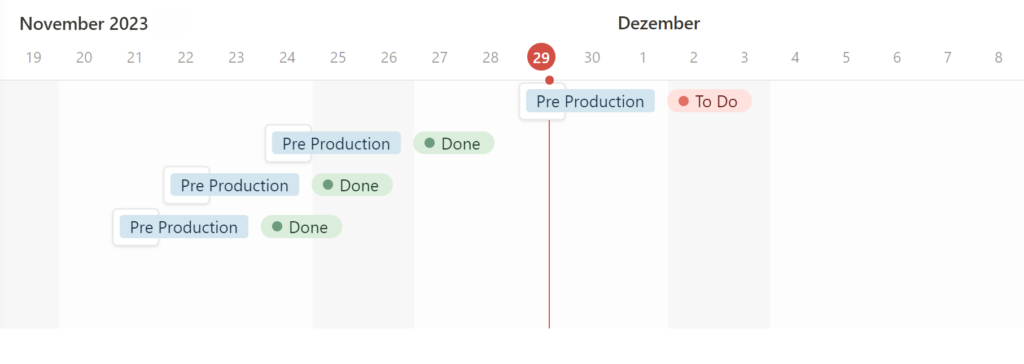Gestern Abend am 29.11. waren wir beim „Kreativkammerl“, einem Stammtisch für Kreative, der seit diesem Jahr regelmäßig in Graz stattfindet. Hinter dem Kreativkammerl stecken 4 Personen aus den „Kreativwissenschaften“, die es sich zum Ziel gesetzt haben, für alle Kreativen aus ihrem Genre, einen Mehrwert und dabei eine Plattform für ungezwungenen Diskurs, zu bieten. Die Stammtische sollen dazu da sein, Personen aus der Kreativbranche regelmäßig einen Ort zu bieten, um sich ungezwungen auszutauschen. Bei jedem Stammtisch gibt es unterschiedliche Speaker die unterschiedlichsten themenrelevanten Themen besprechen und dazu Diskussionen führen.
Dieses Mal gab es 6 Panel Diskussionsteilnehmer:
- Fedja Baumesiter
- Patrick Haas (EN GARDE)
- Wolfang Niederl (Moodley)
- Paul Siegl
- Markus Pirker (Simplease)
- Nino Groß (Fifteen Seconds)
Sie beantworteten Fragen und erzählten über ihre Erfahrungen zu verschiedenen Themen. Z.b. zum Thema „Freie Projekte“. Die Teilnehmer hatten unterschiedliche Meinungen dazu, waren sich jedoch einig, dass freie Projekte zum Preis Dumping beitragen und das eigentlich keine gute Arbeit je unbezahlt sein sollte. Viele von ihnen fehlt abseits davon auch die Zeit für solche Projekte, lediglich EN GARDE widmet sich ab und zu bei Zeit solchen Projekten. Auch gegenüber Pitches waren die Teilnehmer kritisch, da auch hier viel Zeit und Arbeit gebraucht wird, dafür, dass es meistens um sonst ist und auch das Budget meist den Aufwand nicht wieder gut macht. Es wurden auch viele weitere spannende Themen diskutiert, unter anderem zu Preispolitik und Wirtschaftlichkeit und man konnte sich einiges davon mitnehmen.
Weiterführende Links:
Freie Projekte, Fluch oder Segen: https://www.patricksalonen.ch/post/freie-projekte-fluch-oder-segen
IST DER TRADITIONELLE PITCH ÜBERHOLT? https://werbungwien.at/2016/09/21/ist-der-traditionelle-pitch-ueberholt/
4 Regeln für gute Pitches – und 3 für schlechte



